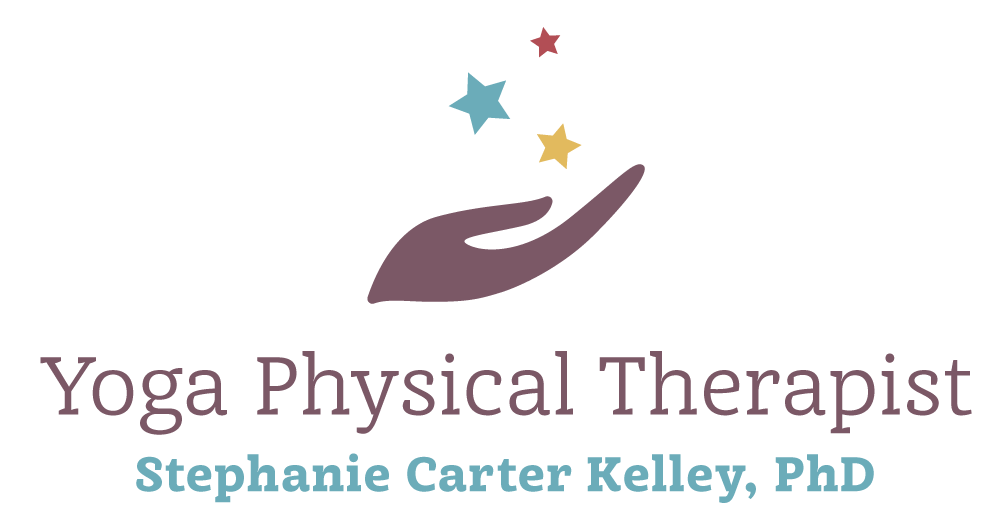In this blog, I describe what I have learned over the last 17 years in exploring the impact of food on my own pain. In 2003 I had a reaction to an antibiotic and subsequent severe lingering gut pain. But this was just “straw that broke the camel’s back”, so to speak. I had stomach pain as a child, bloating, constipation, and diarrhea as a young adult, and had been diagnosed with irritable bowel syndrome. The high fiber diet prescribed, only made it worse. Since the only answer from the medical community was medication, I decided to start investigating on my own. I started in 2003 by eating gluten-free, which I did for 5 years. I think that time along with the elimination of other foods, helped me heal my gut. Now, I eat mostly organic; grass-fed eggs and meat; low gluten, dairy, and sugar; and minimally processed food. Believe me, I can tell when I have had too much of the wrong thing! Each time, this feeling motivates me back on track. The relief that eating well brings, makes me want to stay on track!
These are the resources that I have followed the most in transitioning my eating habits:
· Clean, by Alejandro Junger, MD (28-day detox)
· Heal Your Pain Now, by Joe Tatta, DPT (21-day elimination diet)
· Food, What the Heck Should I Eat?, by Mark Hyman, MD (just get rid of the bad stuff!)
Each describes a “functional medicine” perspective. I admit that I have jumped on the band wagon, that Food is Medicine!
Step 1: Heal Your Gut
When the gut is inflamed and unhealthy, it cannot fully digest any food. So partially digested food gets through the gut lining and triggers an immune system reaction which creates systemic inflammation. Eating to heal your gut will decrease systemic inflammation and you may immediately feel a difference in your pain.
Eliminate the following from your diet for at least 3 weeks. Others recommend that it will take 6 weeks. It seems to depend on how long you have been feeling bad.
Gluten
Dairy
Eggs
Yeast
Processed food (Because most processed food contains one or more of the above, you might as well do it. I’m talking about crackers, cereal, and pasta. This includes processed fats like vegetable, corn, soy and canola oils.)
Don’t rush back to eating all of these foods at once. If you feel good after 3-6 weeks of elimination, bring back 1 food every 3-6 days. If your symptoms return, you may want to consider eliminating the food completely from your diet.
Step 2: Eliminate Foods that are Potential Allergens/Sensitivities
Our food system has evolved faster than we have. The processes by which food is produced can cause inflammation. For example, chemicals are added to processed foods that we can’t necessarily tolerate. If healing your gut didn’t produce the results that you are satisfied with, then you may need to eliminate more foods.
Corn
Soy
Nuts
Nightshades (tomatoes, peppers, potatoes, and eggplant)
Citrus
Step 3: Still not feeling great? Sugar is another big irritant. You should eliminate sugar (in any form, like maple syrup and honey) and really sweet fruit like bananas.
Too many Steps?
You could eliminate everything as suggested in Junger’s book, Clean. I suggest reading the book first. Then prepare your pantry and gather some recipes. His detox diet is not easy but very worth the effort. I still use smoothies and intermittent fasting suggested in book to feel better after a vacation or the holidays.
Step 4: Add anti-inflammatory foods and supplements.
I love a warm cup of tea and a delicious smoothie. I think of these as a tonic or health drink, especially when I use anti-inflammatory ingredients like turmeric and ginger (tea) or magnesium and ground flax (smoothie).
If this isn’t your preference, you can always use supplements for curcumin or magnesium.
We have to accept that are MANY things that we can do to heal our pain through a lifestyle health approach. For me, food has become a big part of that approach.
Namaste,
Stephanie
